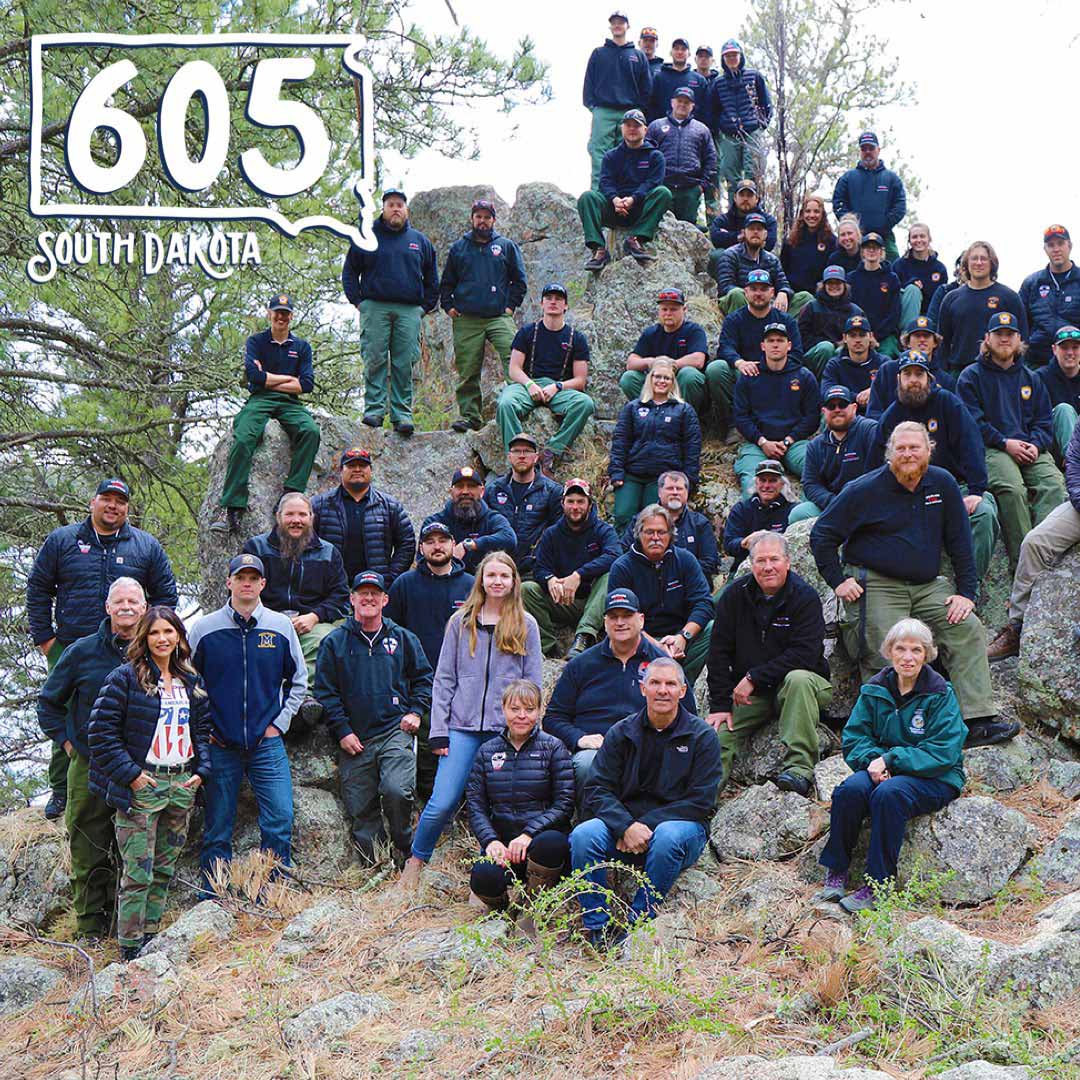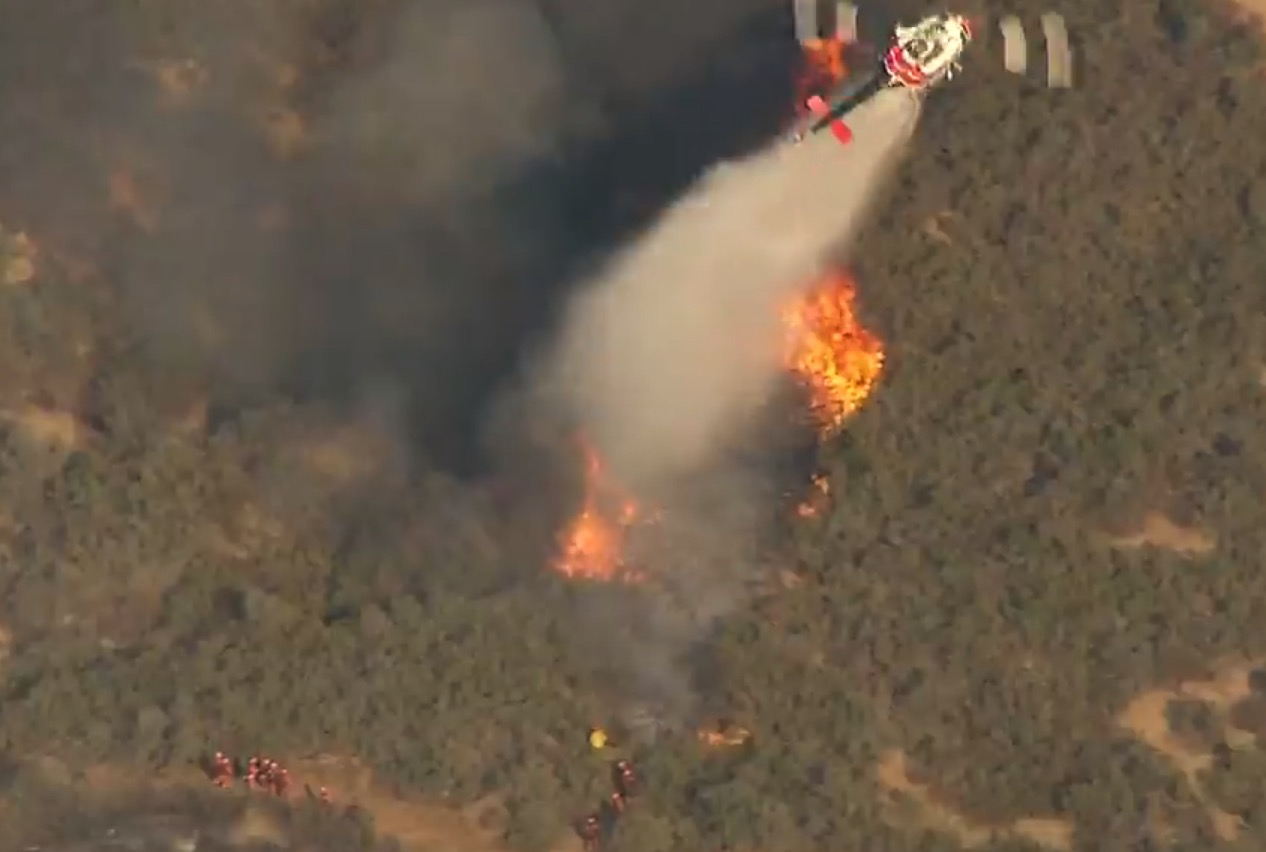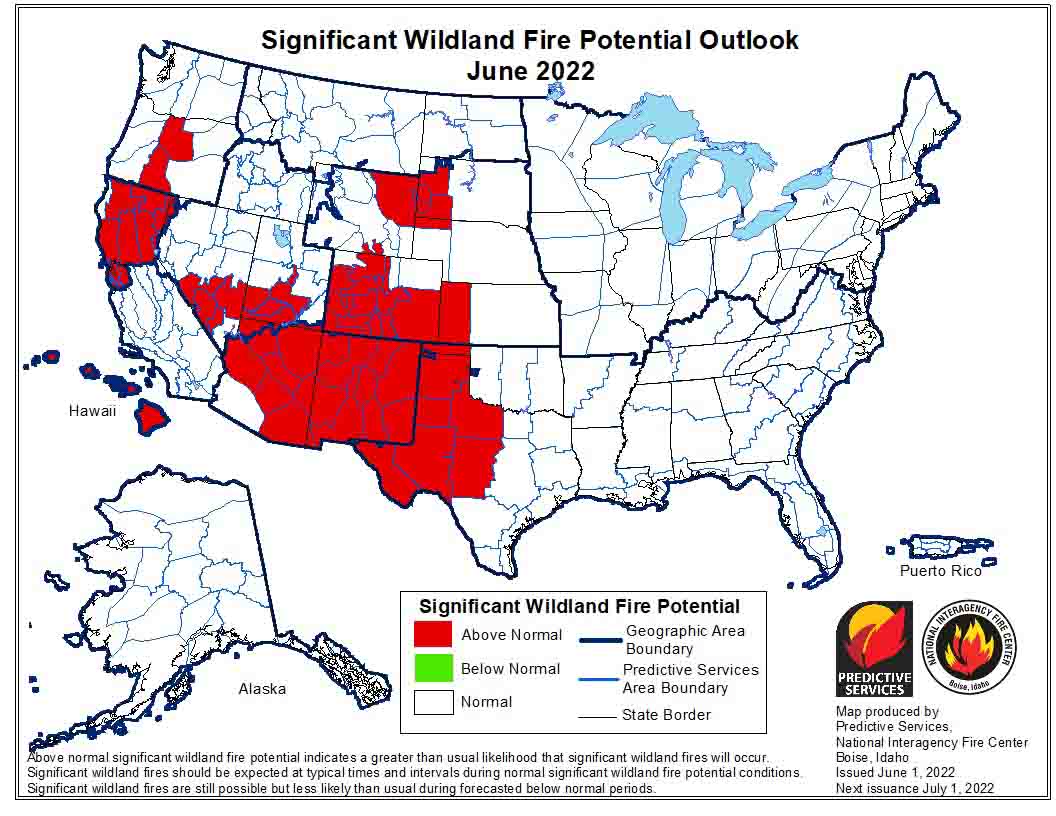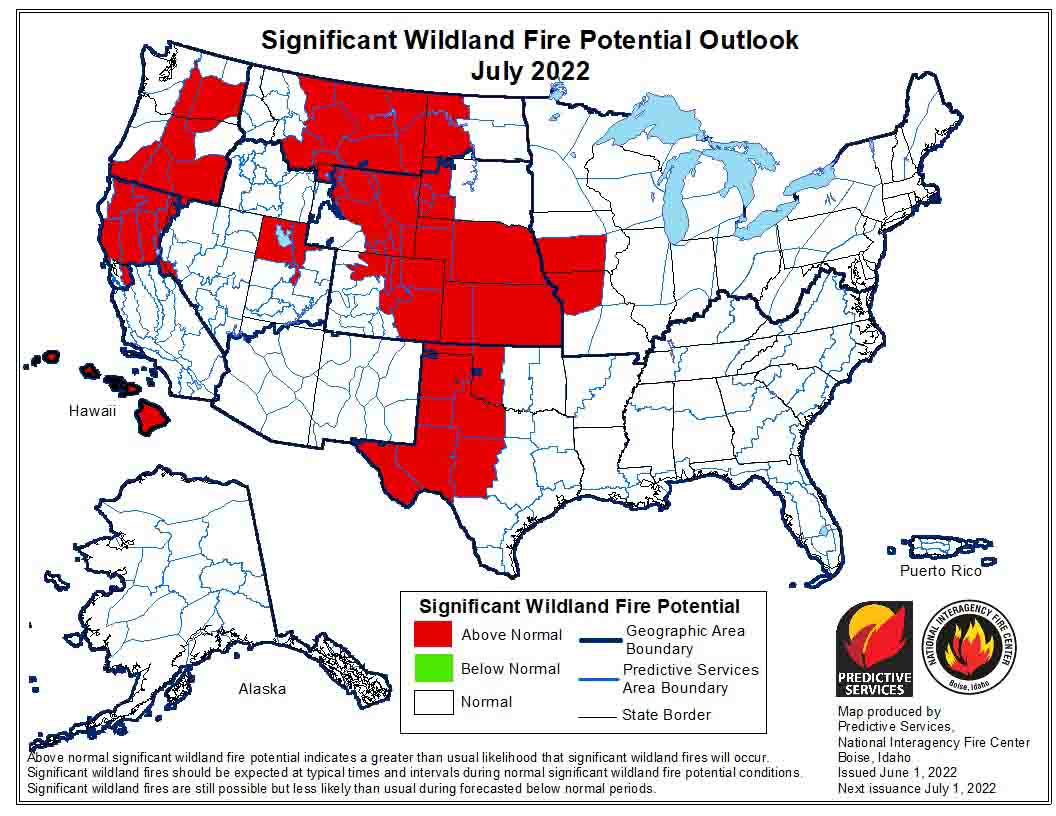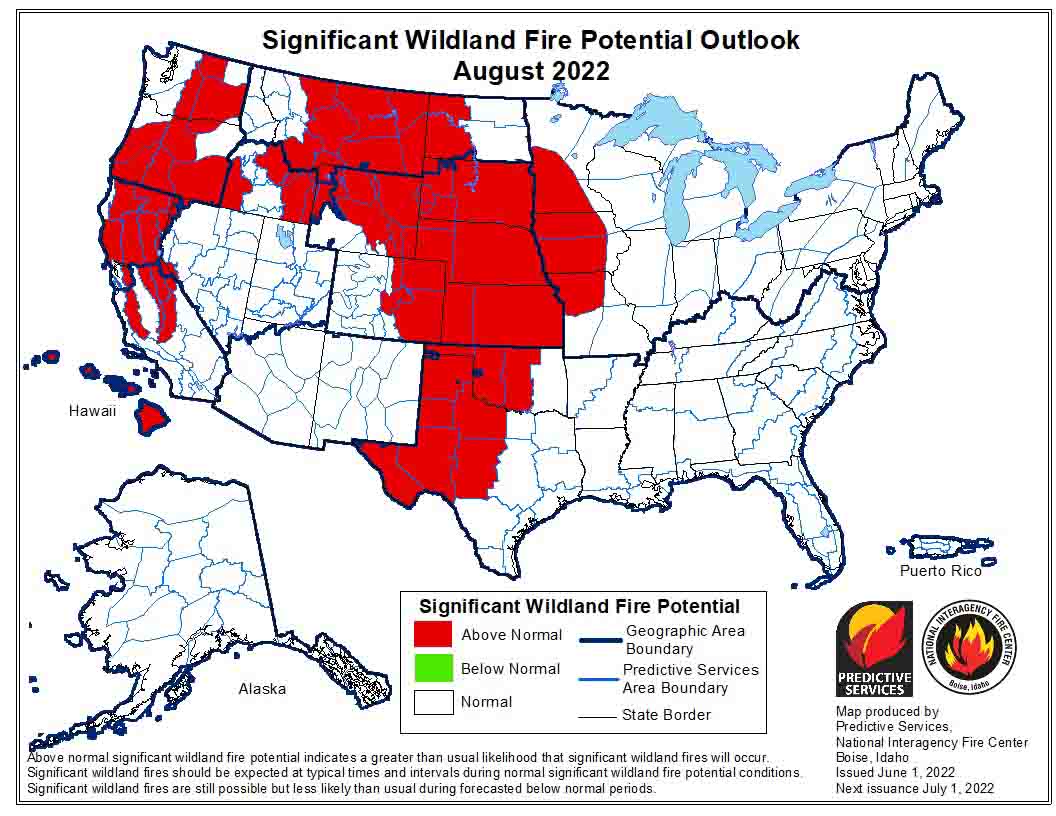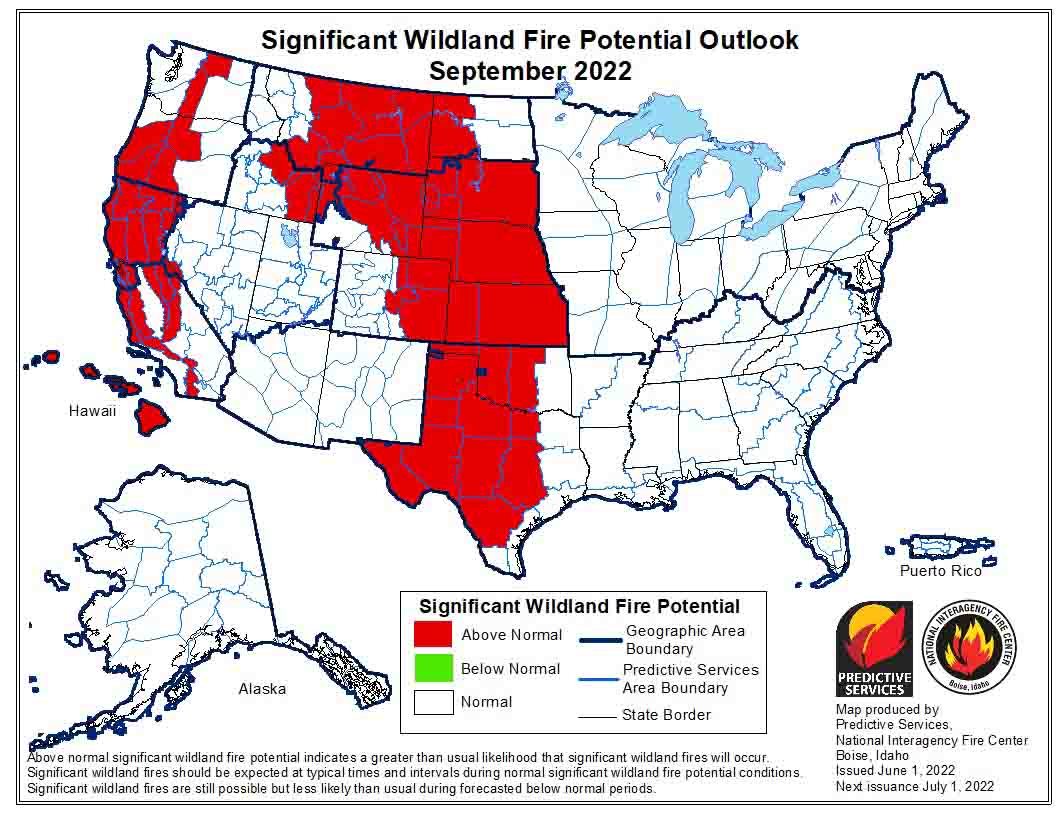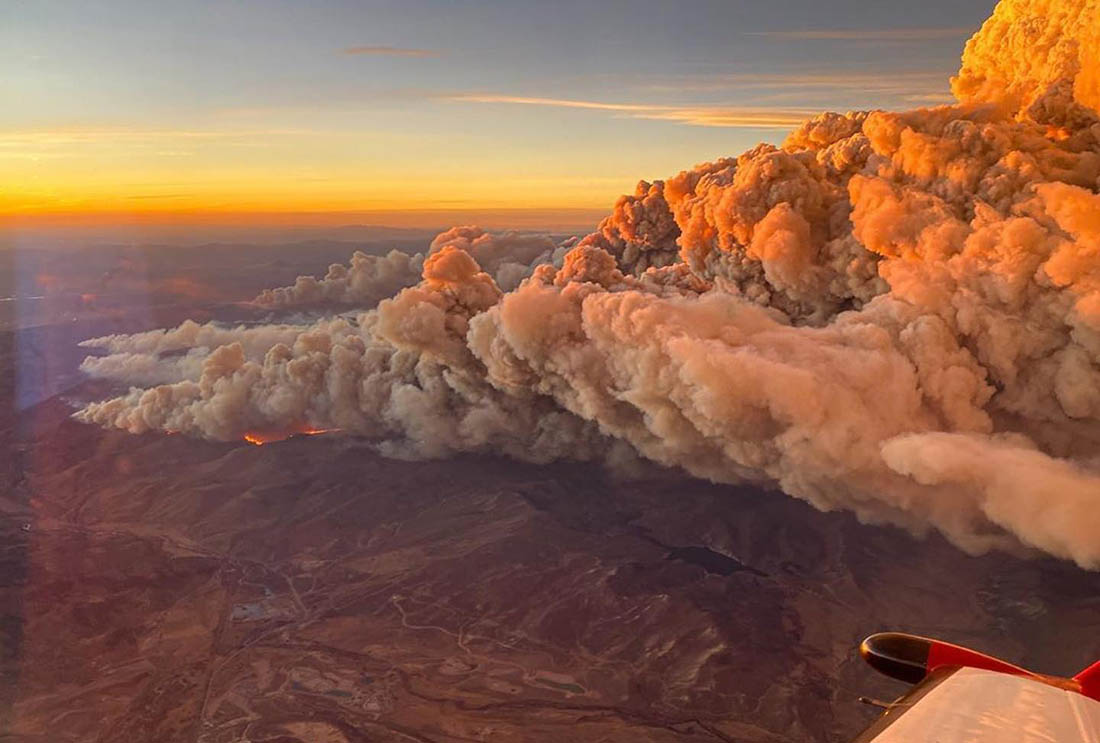
The East Troublesome Fire, the second largest wildfire in Colorado’s recorded history, was human caused, investigators said on Friday.
The October, 2020 fire burned 193,812 acres in Grand County. It created spot fires across the Continental Divide then spread to within a few miles of the town of Estes Park.
“Based on evidence gathered at the fire’s origin, investigators have determined the fire to be human caused,” the U.S. Forest Service said in a news release.
The Steamboat Pilot reported that the Grand County Sheriff’s Office released similar information during a meeting in March 2021, but this is the first time the Forest Service has issued it.
Saying it was human caused eliminates two possibilities — lightning and a volcano, which can often be ruled in or out very quickly. The USFS news release said their investigators, along with the Grand County Sheriff’s Office, are continuing to investigate.
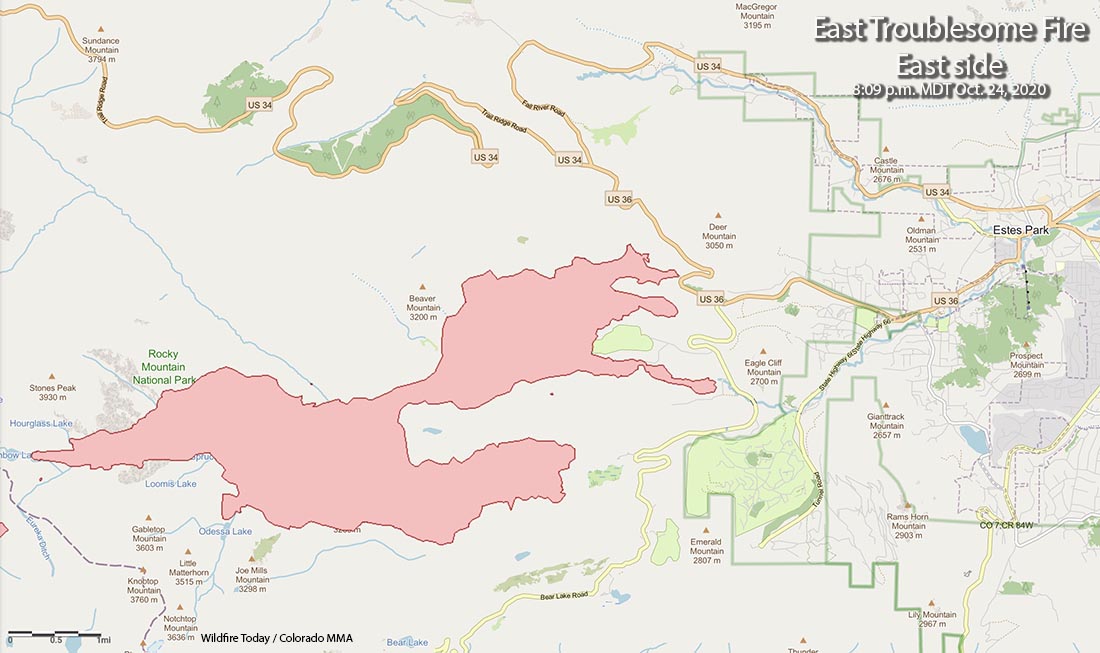
“Given the location and time of year that the fire started, it may have been caused by a hunter or a backcountry camper, and possibly by accident,” investigators said in a news release on Friday.
More than 300 homes and between 100 and 200 other structures were destroyed in the blaze. Lyle and Marylin Hileman, 86 and 84, respectively, died in the fire when their home near Grand Lake burned.
The largest wildfire in Colorado in terms of acres burned was the Cameron Peak Fire. It burned 208,913 acres in 2020 in Larimer and Jackson counties, Arapahoe and Roosevelt National Forest, Rocky Mountain National Park, and surrounding communities.

